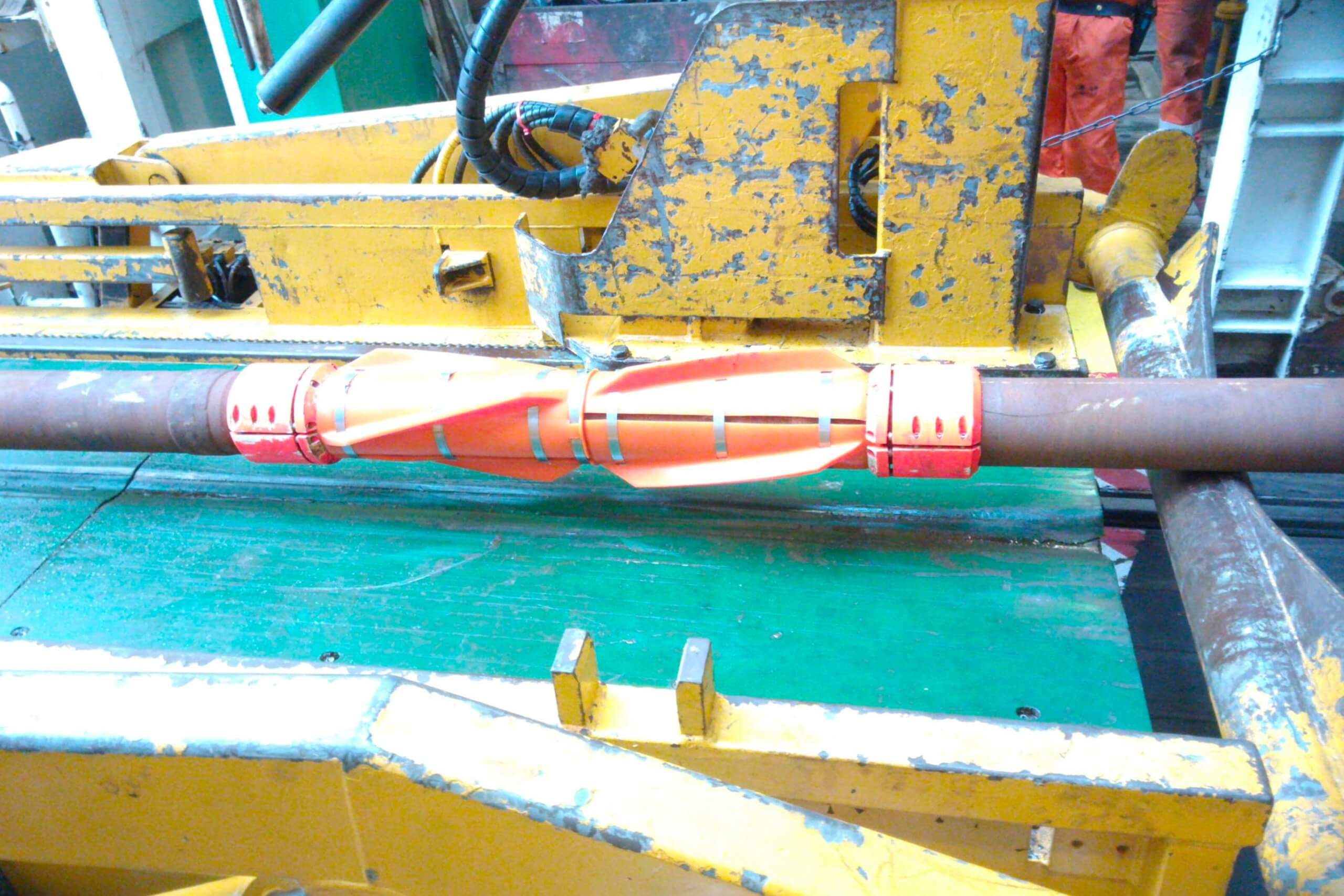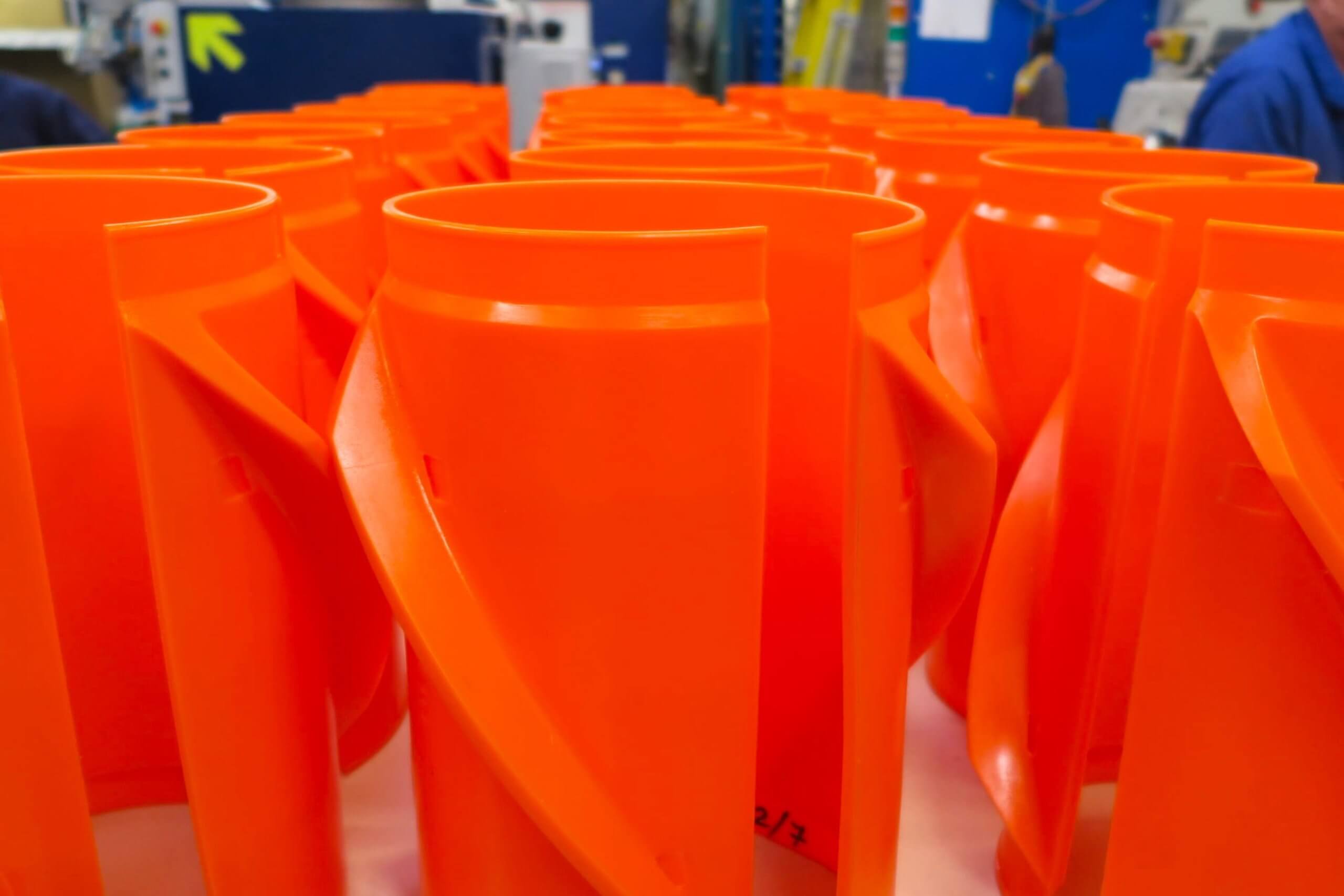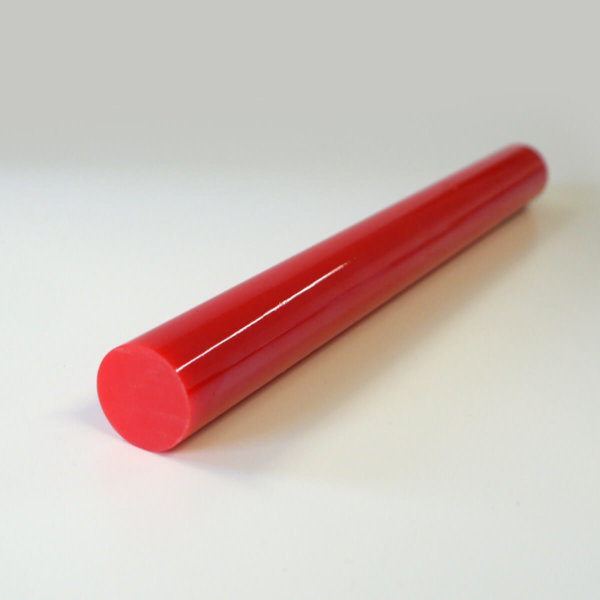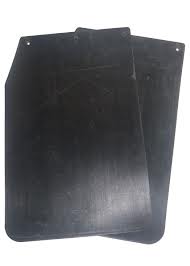How much does it cost to cast polyurethane parts? is a question we get asked a lot.
Analysing the cost of casting polyurethane parts means looking at various factors. From the value of getting a fast, flawless solution – to the unrivalled durability of PU parts.
The short answer to the question in this title is ‘probably less than you imagine’.
Of course, the price of polyurethane products will depend on the level of complexity involved in the brief, and whether this is a prototype or a large production run.
Also, polyurethane products come in all shapes, sizes and tensile properties. Including liquids, foams, insulating panels, smooth wheels and rock hard stops and blocks!
Really, the question should be, are polyurethane parts cost-effective? Especially when compared to the same item made in alternative materials, such as rubber, metal and plastic.
Though the answer to that is an emphatic yes, we are confident you would like evidence to support that claim. So, here are insights into how to make a polyurethane parts cost analysis.
Basic price to cast polyurethane parts
 One of the first things to consider when reviewing polyurethane parts cost is that the base chemicals used in producing PU are readily available and cheap. The unit cost is therefore based almost entirely on the amount of time and expertise needed to create the perfect part to match your specifications.
One of the first things to consider when reviewing polyurethane parts cost is that the base chemicals used in producing PU are readily available and cheap. The unit cost is therefore based almost entirely on the amount of time and expertise needed to create the perfect part to match your specifications.
Fortunately, even the most intricate and exacting brief can be fulfilled without racking up specialist engineering costs, when you use our services. Why is that?
First, to help you to understand the processes involved, we have provided guides to what polyurethane mouldings are and how custom polyurethane parts are made, within our online PU resource.
They provide you with a behind-the-scenes look at some of the stages, skills and equipment involved in crafting the perfect PU blend and then finishing off parts flawlessly.
Does this make polyurethane parts expensive?
It does if you use a generalist part supplier, but not if you come straight to specialists in polyurethane moulding. We have been precision engineering PU parts for a long time, and we have invested in the latest technology. So, we are very competent and quick, and won’t drag out prototype design stages or charge a fortune for the technical tasks we do every day.
In other words, there are significant cost savings from the fact we have in-house capabilities to design, mould and finish off even the most complex prototype.
Read more: How is Polyurethane Manufactured?
Savings from responsive, speedy supply
It’s worth emphasising that there can be a short window between briefing us and taking delivery of precision-engineered polyurethane parts.
One of the hidden costs of commissioning parts is the delays that can occur and the ripple down effects they create – when items take a long time to be produced or worse still, to arrive from overseas.
Contrast that with having a reliable and fast UK supplier of PU parts, who never make promises they can’t live up to.
British made polyurethane products ready in a matter of days certainly have to be an attractive solution when you need parts urgently.
Read more: What is polyurethane used for? Top Industrial applications
Durability and performance factors
The last thing to keep in mind when assessing polyurethane product costs is how long your items will last, and how well they will continue to perform their role.
Compared to alternative materials, polyurethane is incredibly hard wearing and durable. Despite its ability to be surprisingly lightweight, even in solid blocks for example.
A PU part can be engineered to have an incredible load-bearing capacity and to withstand high levels of friction and abrasion. There’s no cracking, splitting or flaking with PU!
Also, polyurethane is resistant to moulds, mildew and moisture. So unlike equivalent parts made in rubber, it won’t rot or become slick.
The list of reasons PU outlives and outperforms alternative materials is actually extensive, including its ability to withstand extreme temperatures.
Another reason its performance value won’t fade is that PU parts are resistant to oil, grease and solvents that can build up in machinery. Adding to the way polyurethane won’t let you down.
These longevity and reliability advantages make polyurethane even more cost-effective. You won’t have to replace parts as often, minimising part purchasing costs over time, as well as machinery downtime and maintenance charges.
Want to find out how much it will cost to make your products?




